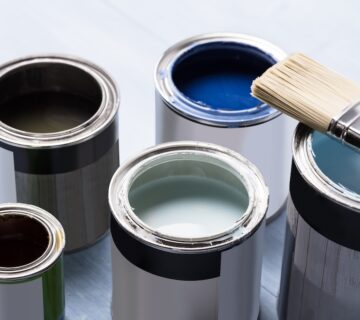
Choosing the right type of house paint can significantly affect the appearance and longevity of your paint job. Acrylic and latex paints are popular options, each with its specific advantages for home use. Understanding the differences between them, such as their composition and ideal usage scenarios, is crucial for making an informed decision.
Oil-based paints have been traditional favorites for certain applications due to their durability and rich finish. However, they come with disadvantages, including longer drying times and more complex cleanup requirements. The evolution of water-based house paints, including latex and acrylic, offers more environmentally friendly and easier-to-use alternatives.
The chemical composition of different house paints plays a significant role in their performance and suitability for various projects. For instance, latex paint, known for its ease of use and quick drying time, has its own set of pros and cons when used in home interiors. It’s important to weigh these factors against the specific requirements of your project.
Acrylic paints are a go-to choice for many DIY projects, offering versatility and durability. When it comes to outdoor projects, oil-based paints might be preferable over latex due to their resistance to harsh weather conditions.
Understanding the environmental impact of various house paint types is also crucial, especially for those looking to make eco-friendly choices. A beginner’s guide to selecting the right type of house paint can help navigate through these options.
When comparing oil-based and acrylic paints, factors like durability and finish are key considerations. Each has distinct properties that make them suitable for different applications and preferences.


Understanding the Chemical Composition of Different House Paints

The Pros and Cons of Using Latex Paint in Home Interiors

The Evolution of Water-Based House Paints

The Environmental Impact of Various House Paint Types

Oil-Based Paints: Advantages and Disadvantages for Home Use

Comparing Durability and Finish: Oil-Based vs. Acrylic Paints

Acrylic vs. Latex Paint: Which is Best for Your Home?

A Deep Dive into Acrylic Paints for DIY Projects

A Beginner’s Guide to Selecting the Right Type of House Paint

